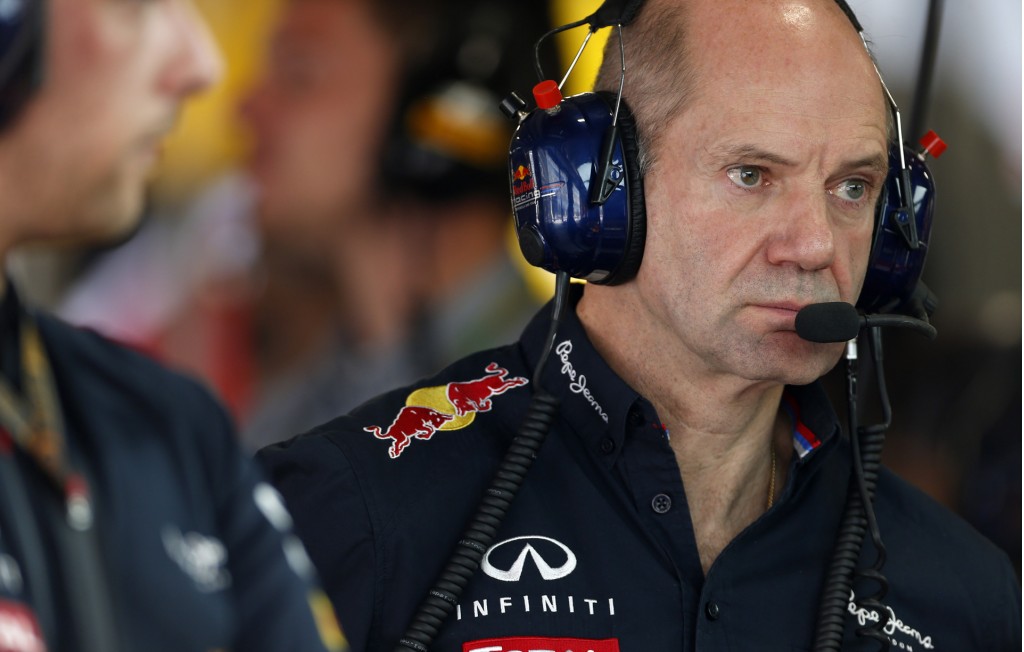It might seem odd that Aston Martin chose to go with the relatively old-school choice of a big V-12 for its Valkyrie hypercar at a time when rivals are downsizing to turbocharged V-8s and even V-6s. Recall, Mercedes-AMG's Project One packs a 1.6-liter turbocharged V-6, albeit one nicked from the automaker's Formula 1 car.
In an interview with Autocar published Tuesday, Adrian Newey, Red Bull Racing’s star aerodynamicist leading the design work on the Valkyrie, explained the rationale behind the decision to go with a V-12, in this case a Cosworth-tuned monster displacing 6.5 liters and expected to deliver around 1,000 horsepower.
He said the “obvious” options were a turbocharged V-6 or a high-revving, naturally aspirated V-12. It was a close race but the V-12 won because of what it allowed the design team to do in terms of structural mounting, since V-12s are very well-balanced engines with good NVH characteristics. Weight also wasn't an issue as the V-6's turbo system, including all plumbing and intercoolers, would make the engine weigh the same as the V-12, the designer of multiple championship-winning F1 cars said.

Adrian Newey
Interestingly, Newey also revealed that the Valkyrie AMR Pro track version might end up delivering even better performance than what Aston Martin has already promised, i.e. F1 and LMP1-like lap times. He said the mentioned downforce of about 2,200 pounds, which is equal to the car's weight, is an early estimate and that it will “change quite a lot” as the design evolves.
That may explain why Red Bull team principal Christian Horner in July suggested that the AMR Pro version might challenge Porsche's insane Nürburgring lap time of 5:19:55, set in June by the 919 Evo time attack car.
The reveal of the Valkyrie in production guise is expected to take place later this year. First deliveries are scheduled for 2019 for the road car and 2020 for the track car. Aston Martin will build just 175 Valkyries all up, of which 25 will be AMR Pros, and yes all build slots are sold.






